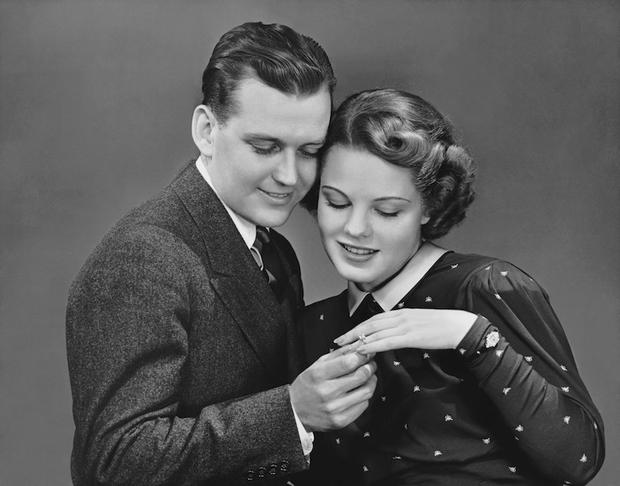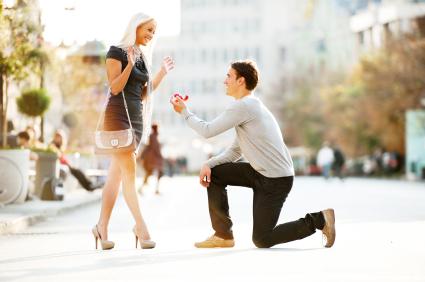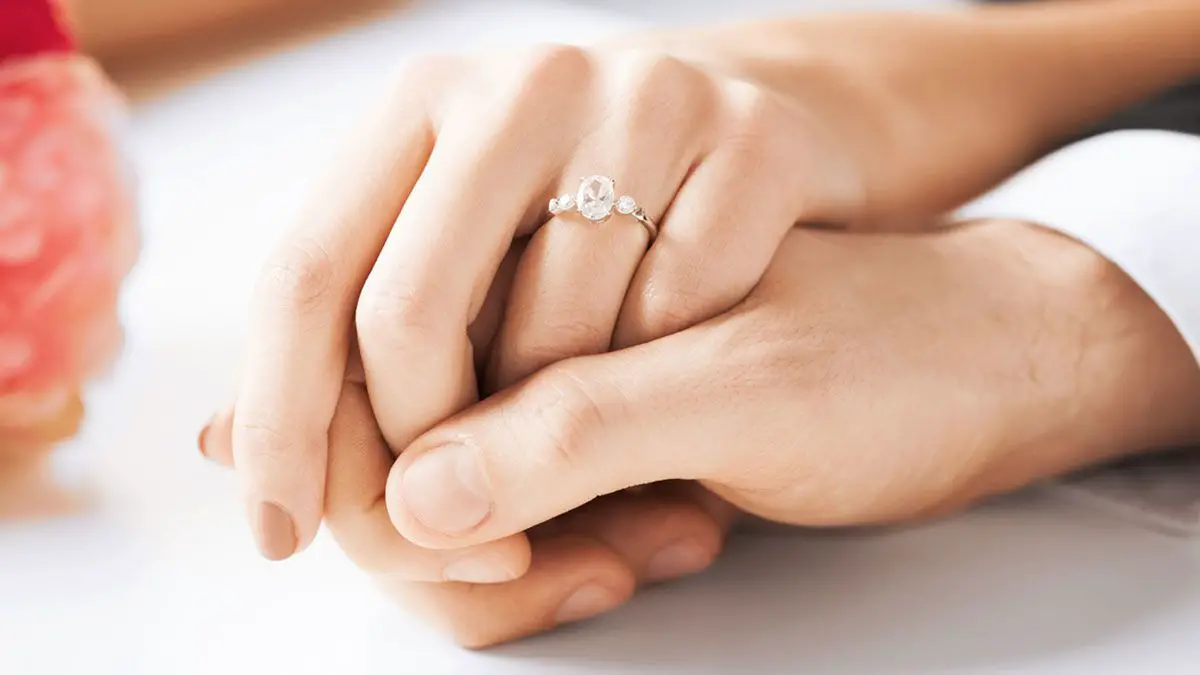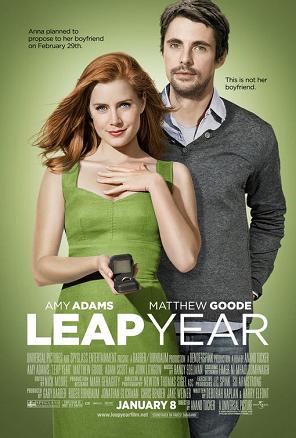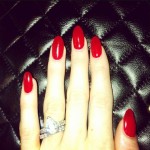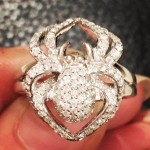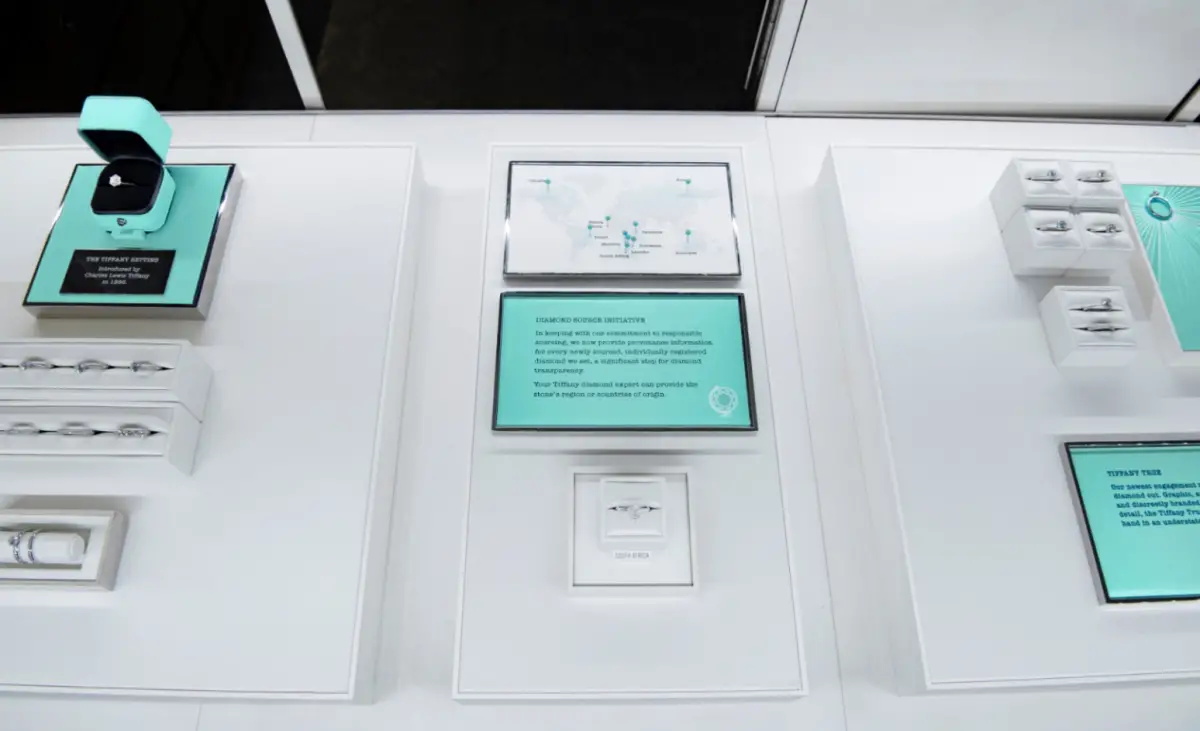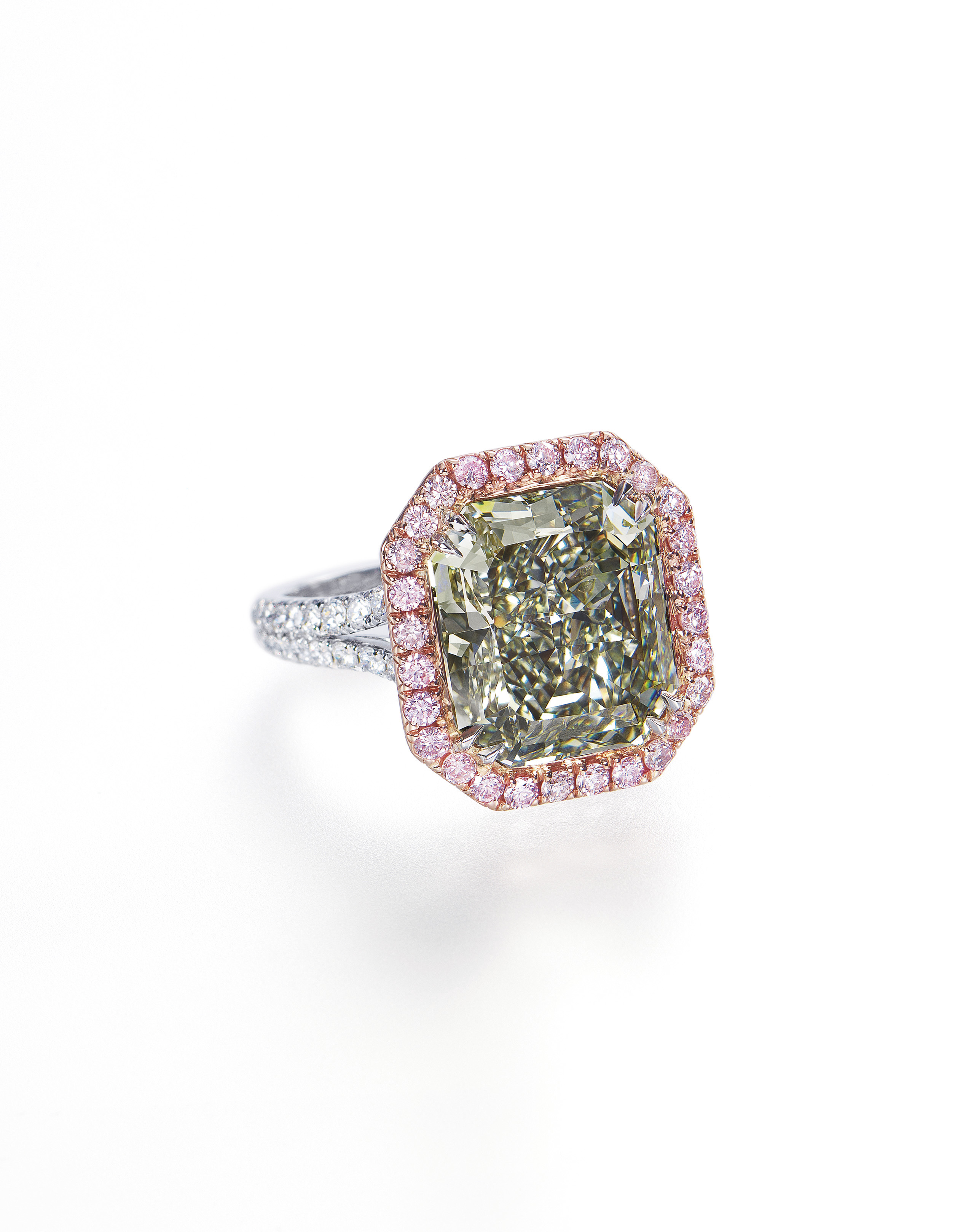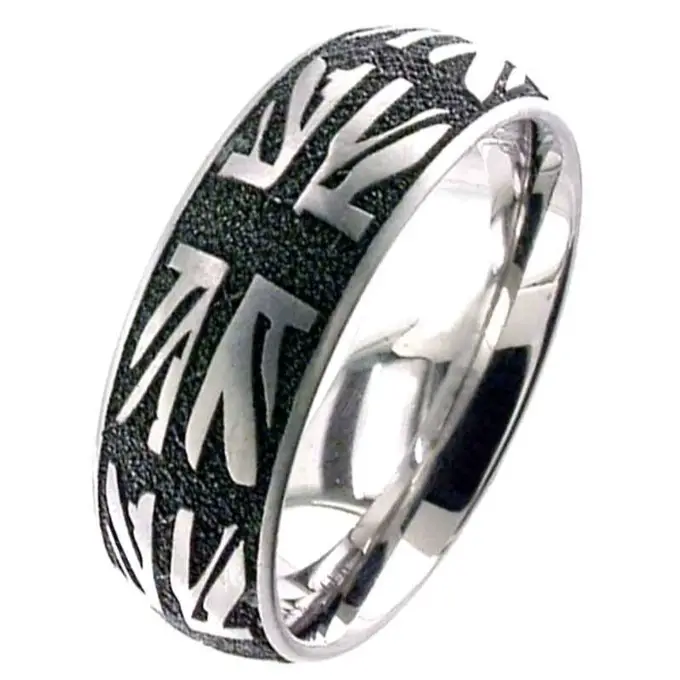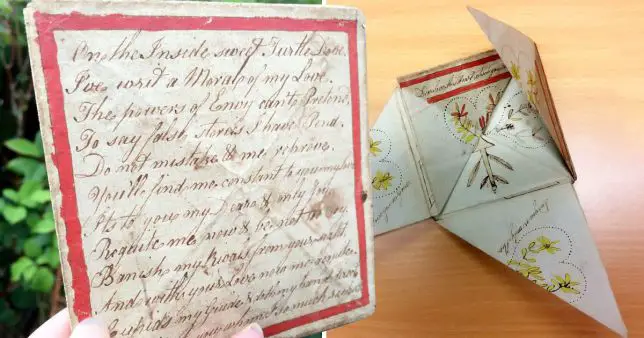It may never have crossed your mind before (or maybe it has), but there’s actually an historical explanation for almost every element of your engagement; from getting the ring to telling the world about your happy news. Here’s where it all started…
Asking For Your Hand
If you or your other half is a traditionalist at heart, you’ve probably agreed that the groom should ask the bride’s father for his blessing before ‘officially’ popping the question to her. This dates back to when women weren’t exactly thought of as equal members of society and marriages weren’t really the romantic events they are now. Instead they were regarded as a contract between two families, and the bride was the key component since she had the responsibility of giving birth to the family’s next generation. The groom would approach his future father-in-law and ask for his permission to marry his daughter. If he refused (and they often did back then), then that was the end of the courtship!
The 3 Month’s Salary Rule
Get ready for a shock… there is no legitimate historical reason for this particular tradition. The market value of a diamond is in no way associated with anyone’s salary! It was all a massively successful marketing campaign dreamt up in 1936 by diamond sellers DeBeers, who wanted people to spend more on diamonds. They deftly managed to create a sense of luxury, rarity and prestige around the humble diamond, and that’s why they’re still so expensive to this day. They’re actually not that rare at all – there’s still many, many decades worth of supplies hidden in the earth. But don’t let that stop you from spending all your savings on something your other half will love forever.
Down on Bended Knee
People don’t really get down on one knee for much these days, unless they’re tying their shoelaces. So why do we do it when we’re proposing marriage? It’s a tradition that dates back to the days of knighthood, chivalry and formal courtship (i.e. medieval times and beyond). Knights would get down on one knee in front of their lord as a display of respect, obedience, and loyalty. It was also a common occurrence in religious ceremonies, and in those days marriage and religion were intrinsically linked. So when a courteous gentlemen was proposing to his lady, pledging his allegiance to her and declaring his undying love for her, getting down on one knee was the natural thing to do.
The Engagement Ring
You can thank the Pope for that ring on your finger – yes, really In 1214, Pope Innocent III introduced a law stating that couples who wanted to marry had to observe a waiting period between agreeing to the marriage and actually going through with the legal and spiritual contract. During this waiting period, couples were ordered to wear a ring on their finger as a mark of their commitment to each other and their upcoming marriage. It was also at this time that marriages had to take place in a church in order to be ‘official’. Engagement rings then were very simple affairs and usually just made out of whatever metal was cheap. Precious metals were reserved for the elite members of society only.
The Diamond
…And that’s where the diamond comes in. In 1477, Archduke Maximilian of Austria belonged to one of the biggest ruling dynasties in Europe, the Habsburgs. He set his sights on making Mary of Burgundy his wife, and to show his dedication to her, presented her with a ring with the letter ‘M’ spelled out in small flat pieces of diamond. At this point in history diamonds were extremely rare – the huge mines that we know today weren’t discovered for another 300 years. Apparently, the piece of jewellery cost so much that it put a large dent in his finances, which helped contribute to debt so big by the end of his life that even a decade’s worth of income from all of his lands wouldn’t have covered it!
The Ring Finger
Ever thought about why your engagement ring is supposed to be worn on the third finger of your left hand? It’s actually quite romantic compared to some of the other explanations in this list… The ancient Egyptians believed that the vein running through this finger leads directly to your heart. Believe it or not, they weren’t wrong; although technically you could argue that all veins lead to heart eventually. Either way, the Egyptians along with other ancient civilisations like the Greeks and Romans wore rings on this finger to symbolise their commitment to another person, be it a business partnership, love, or even slavery!
The Engagement Announcement
Again, you can thank Pope Innocent for this one. Back in 1215 at the same time as he introduced engagement rings, he also decreed that any couples intending to marry had to formally announce it. The idea was to give other people an opportunity to intervene if the marriage was incestuous! It’s also where the ‘speak now or forever hold your peace’ moment in many a romantic comedy and in some church ceremonies comes from. A far cry from the Facebook announcement of modern times, isn’t it?!
And some Lesser Known Traditions from Around the World…
Leap Year Proposals: Every time a leap year comes around (i.e. this year!) something unique happens in Ireland and Scotland. On ‘Leap Day’, the 29th of February, ladies in love take it upon themselves to get down on one knee and propose to their men, instead of the other way around. It’s always fun to turn traditions on their heads, but you’re still technically sticking with a tradition with this one – just a different one! It’s a practice that’s been in place for centuries, and some lucky guy always makes the news in Ireland after a surprise proposal from his lady.
Kenyan Beads: In some Kenyan tribes, the man will send beads to the home of the woman he wants to marry. If she accepts, she’ll keep the beads and wear them. If her family agree with the marriage, they’ll add their own special ornament to the beads too. In tribes in other African countries such as Ghana, the groom’s uncle and mother will visit the bride’s house to propose marriage on his behalf!
Thong Mun: The tradition of Thong Mun in Thailand is a very important part of courting and marriage. It involves gifting the bride and her family with something made from 24 carat gold, usually jewellery but not always. It’s symbolic of the groom’s commitment and love, and is an integral part of the wedding ceremony too.
Arranged Marriages: In India and Pakistan, arranged marriages are still commonplace. This means that instead of the groom courting and then proposing to the bride, their families meet to determine if they would be a good match instead. In many cases it’s not half as bad as it sounds – the families will most likely be on very friendly terms and the bride and groom have often known each other for years beforehand.
Flash Mobs: In recent years it’s become not so much a tradition, but a phenomenon in China and other Asian countries for grooms to go all out when popping the question. Specifically, they organise all manner of flash mobs – usually in public – for their brides to enjoy. As the performance reaches its finale, the groom will emerge from hiding and get down on bended knee in front of his bride while everyone else cheers him on.
